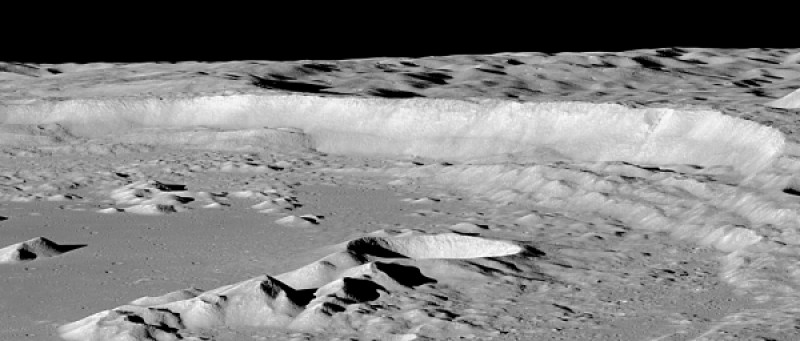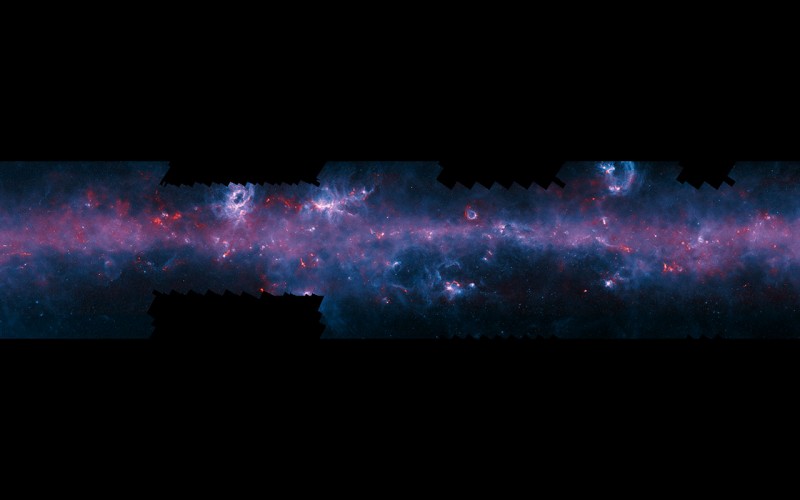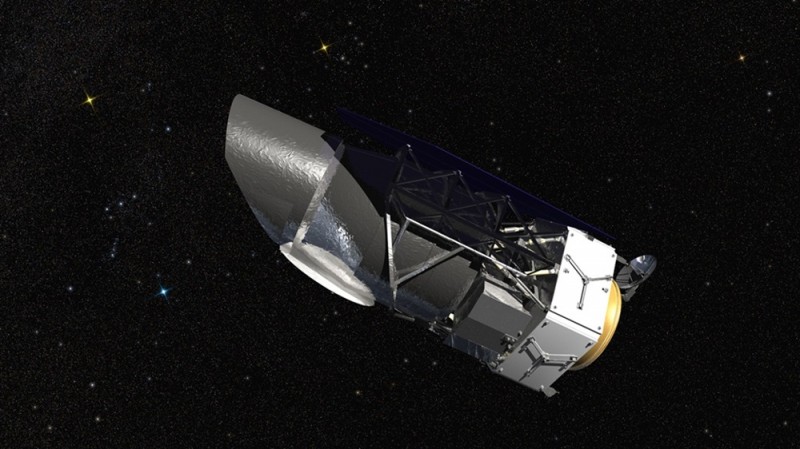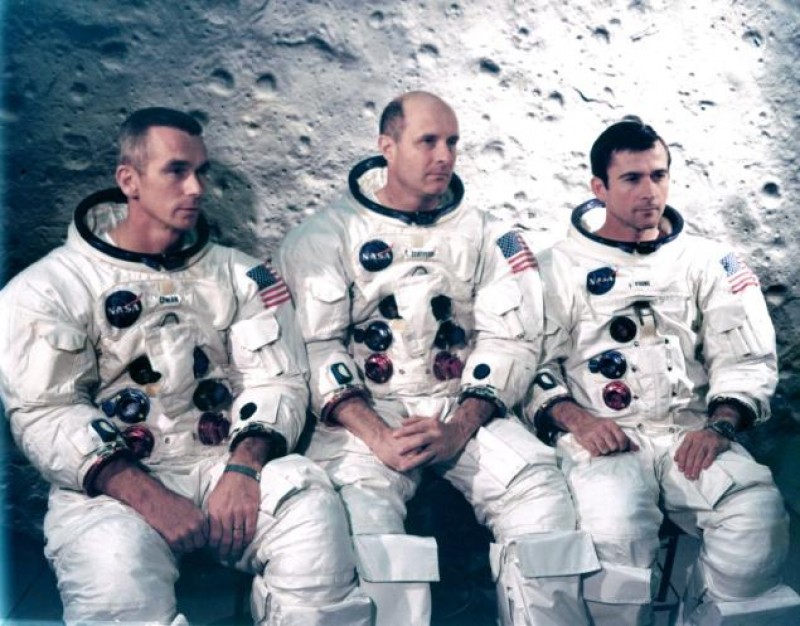Blog
NASA's K2 mission: The Kepler Space Telescope's Second Chance to Shine
Wednesday, March 9th 2016 10:38 PM
The engineers huddled around a telemetry screen, and the mood was tense. They were watching streams of data from a crippled spacecraft more than 50 million miles away – so far that even at the speed of light, it took nearly nine minutes for a signal to travel to the spacecraft and back.
Engineers developed an innovative way to stabilize and control the spacecraft. This technique of using the sun as the "third wheel" has Kepler searching for planets again, but also making discoveries on young stars to supernovae.
Credits: NASA Ames/W Stenzel
It was late August 2013, and the group of about five employees at Ball Aerospace in Boulder, Colorado, was waiting for NASA’s Kepler space telescope to reveal whether it would live or die. A severe malfunction had robbed the planet-hunting Kepler of its ability to stay pointed at a target without drifting off course.
The engineers had devised a remarkable solution: using the pressure of sunl...
Read More
Read More
NASA Releases March 8 Total Solar Eclipse Visualizations
Monday, March 7th 2016 11:52 PM
NASA Releases March 8 Total Solar Eclipse Visualizations
The moon will pass in front of the sun, casting its shadow over much of Southeast Asia on March 8, 2016 EST (March 9 local time). People on the nearly 100-mile-wide path of totality will experience a total solar eclipse, in which all of the sun’s bright face is blocked by the moon, while people outside this path will see varying degrees of a partial eclipse.
Credits: NASA's Goddard Space Flight Center/E. Wright
Download this video in HD formats from NASA Goddard's Scientific Visualization Studio
People in parts of Southeast Asia will see the sun in a new light on March 8, 2016 EST, (March 9 local time) during a total solar eclipse that will last over a minute in every location on its path.
As the moon passes precisely between the sun and Earth – a relatively rare occurrence that happens only about once a year because of the fact that the moon and the sun do not orbit in the exact same plane &nda...
Read More
Read More
Pluto's Mountains Capped with Methane Snow
Friday, March 4th 2016 11:54 PM
One of Pluto’s most identifiable features, Cthulhu (pronounced kuh-THU-lu) stretches nearly halfway around Pluto’s equator, starting from the west of the great nitrogen ice plains known as Sputnik Planum. Measuring approximately 1,850 miles (3,000 kilometers) long and 450 miles (750 kilometers) wide, Cthulhu is a bit larger than the state of Alaska.
One of Pluto's most recognizable features may be covered in snow.
NASA's New Horizon team has discovered a chain of mountains covered in methane snow. Yes, methane, the primary component in natural gas on Earth. Majestic peaks cloaked in frozen flatulence.
These snow-covered peaks are in the Cthulhu range, which stretches halfway around the dwarf planet's equator at more than 1,800 miles -- a bit larger than the state of Alaska.
This mountain range stretches for 260 miles, and the upper slopes of the highest peaks are coated with bright material, which stands out against the deep red...
Read More
Read More
Hubble Breaks Cosmic Distance Record [HEIC1604]
Thursday, March 3rd 2016 11:02 PM
By pushing the NASA/ESA Hubble Space Telescope to its limits astronomers have shattered the cosmic distance record by measuring the distance to the most remote galaxy ever seen in the Universe. This galaxy existed just 400 million years after the Big Bang and provides new insights into the first generation of galaxies. This is the first time that the distance of an object so far away has been measured from its spectrum, which makes the measurement extremely reliable. The results will be published in the Astrophysical Journal.
Date: 03 March 2016Satellite: Hubble Space TelescopeDepicts: GN-z11Copyright: NASA, ESA, and P. Oesch (Yale University)
This image shows the position of the most distant galaxy discovered so far within a deep sky Hubble Space Telescope survey called GOODS North (Great Observatories Origins Deep Survey North). The survey field contains tens of thousands of galaxies stretching far back into time.
The remote galaxy GN-z11, shown in the inset, existed...
Read More
Read More
New Views From The Lunar Reconnaissance Orbiter Camera
Wednesday, March 2nd 2016 01:51 AM
Our Moon is a surprisingly dynamic place. New impact craters are being formed. Volcanic activity, once thought long extinct, may have happened in the recent past. The crust has recently fractured from slow interior cooling and shrinking of the Moon. It may still be shrinking today.
The Lunar Reconnaissance Orbiter spacecraft has been studying the Moon from lunar orbit since 2009. Its high-resolution imaging system, the Lunar Reconnaissance Orbiter Camera (LROC), has taken over a million images of the surface and revealed details never before seen. These images are providing answers to long-held questions, and raising new questions about the Moon's ancient and recent past.
The mission was originally conceived to make measurements necessary to support future human missions to the Moon. After its first 15 months of operations, it began a mission of pure scientific exploration.
The lunar landscapes presented here are a small but magnificent sample of LROC images. They provide a...
Read More
Read More
How to Spot 'Circumpolar' Constellations
Friday, February 26th 2016 07:51 PM
We sometimes take the circumpolar constellations for granted, because they are always with us.
Credit: Starry Night Software
Experienced stargazers look forward to the changes in the seasons that bring new constellations into view.
The appearance of Orion (The Hunter) tells us winter is on the way, and Boötes (The Plowman) marks the beginning of spring. But we tend to take the circumpolar constellations somewhat for granted, because they are always with us.
Because we live on a spherical planet, we can only see part of the sky. If we look toward the celestial pole — north or south, depending on where we live — we see the same constellations all year around, which are called the circumpolar constellations.
Facing north, there is a moderately bright star half way up the sky — Polaris, the northern pole star.
Many people who are unfamiliar with the night sky think that Polaris is the brightest star in the ni...
Read More
Read More
NASA, UN Announce Final Winner of #whyspacematters Photo Competition
Thursday, February 25th 2016 09:51 PM
NASA, UN Announce Final Winner of #whyspacematters Photo Competition
As astronaut Scott Kelly’s one-year mission aboard the International Space Station draws to a close, NASA and the United Nations Office for Outer Space Affairs (UNOOSA) are announcing the final winner of a global photography competition highlighting how the vantage point of space helps us better understand our home planet and provide benefits to humanity.
NASA and UNOOSA invited the public to submit photos depicting why space matters to us all in our daily lives as a way to highlight the application of space-based science and technologies. In response, hundreds of participants from around the world posted pictures on Instagram using the hashtag #whyspacematters.
Kelly, who is scheduled to depart the space station and return to Earth on March 1, announced winning photos each month by posting th...
Read More
Read More
ATLASGAL Survey of Milky Way Completed
Wednesday, February 24th 2016 09:08 PM
ATLASGAL Survey of Milky Way Completed
Huge zoom-able picture
A spectacular new image of the Milky Way has been released to mark the completion of the APEX Telescope Large Area Survey of the Galaxy (ATLASGAL). The APEX telescope in Chile has mapped the full area of the Galactic Plane visible from the southern hemisphere for the first time at submillimetre wavelengths — between infrared light and radio waves — and in finer detail than recent space-based surveys. The pioneering 12-metre APEX telescope allows astronomers to study the cold Universe: gas and dust only a few tens of degrees above absolute zero.
APEX, the Atacama Pathfinder EXperiment telescope, is located at 5100 metres above sea level on the Chajnantor Plateau in Chile’s Atacama region. The ATLASGAL survey took advantage of the unique characteristics of the telescope to provide a detailed view of the distribution of cold dense gas along the plane of the Milky Way galaxy [1]. The...
Read More
Read More
NASA introduces new wider set of eyes on the universe
Tuesday, February 23rd 2016 07:15 PM
NASA introduces new wider set of eyes on the universe
With a view 100 times bigger than that of NASA’s Hubble Space Telescope, WFIRST will aid researchers in their efforts to unravel the secrets of dark energy and dark matter and explore the evolution of the cosmos.
By Jet Propulsion Laboratory, Pasadena, California, NASA's Goddard Space Flight Center, Greenbelt, Maryland, NASA Headquarters, Washington, D.C. | Published: Friday, February 19, 2016
WFIRST, the Wide Field Infrared Survey Telescope, is shown here in an artist's rendering. It will carry a Wide Field Instrument to provide astronomers with Hubble-quality images covering large swaths of the sky and enable several studies of cosmic evolution.
NASA/Goddard Space Flight Center/Conceptual Image Lab
After years of preparatory studies, NASA is formally starting an astrophysics mission designed to help unlock the secrets of the universe — the Wide Field Infrared Survey Telesc...
Read More
Read More
Space Music from the Apollo 10 Mission
Monday, February 22nd 2016 09:13 PM
Space Music from the Apollo 10 Mission
Full transcripts can be found here
While orbiting the moon in 1969, the Apollo 10 team heard 'weird music'
They were on the far side of the moon, so it couldn't have come from Earth
The team debated whether to tell NASA command back home
Recordings of the event were declassified in 2008, and will be played on Science Channel's NASA's Unexplained Files this month
Declassified audio of the Apollo 10 mission has brought attention to a moment when NASA astronauts heard strange "outer spacey" music during their trip around the Moon. While transcripts of these exchanges were released in 2008, some of the new audio has made it into an upcoming episode of NASA's Unexplained Files, a show on the Science Channel that features dramatized stories from the US space agency.
The story in question here seems to stem from an incident that did happen. Apollo 10 was the last mission before Neil Armstrong and Buzz Al...
Read More
Read More
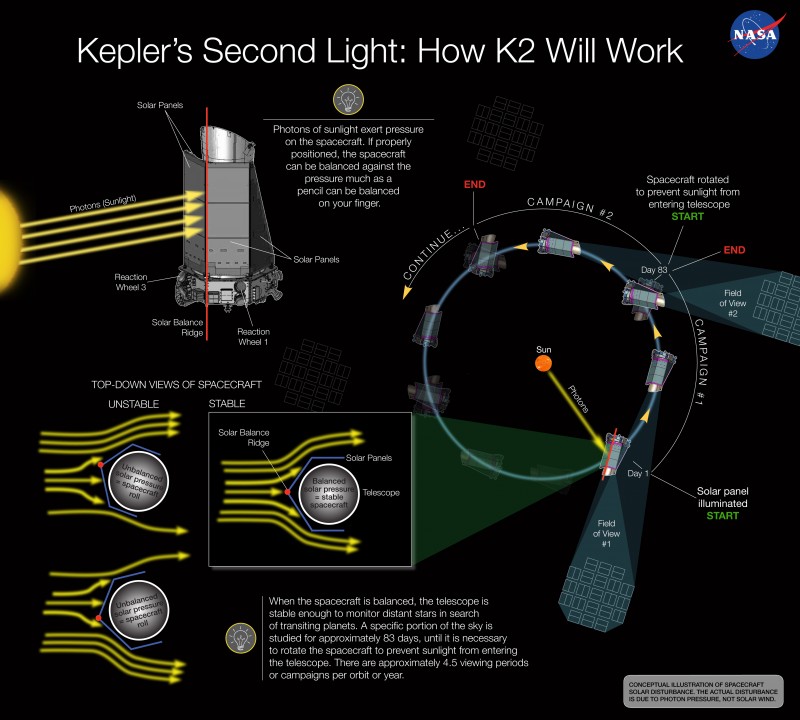
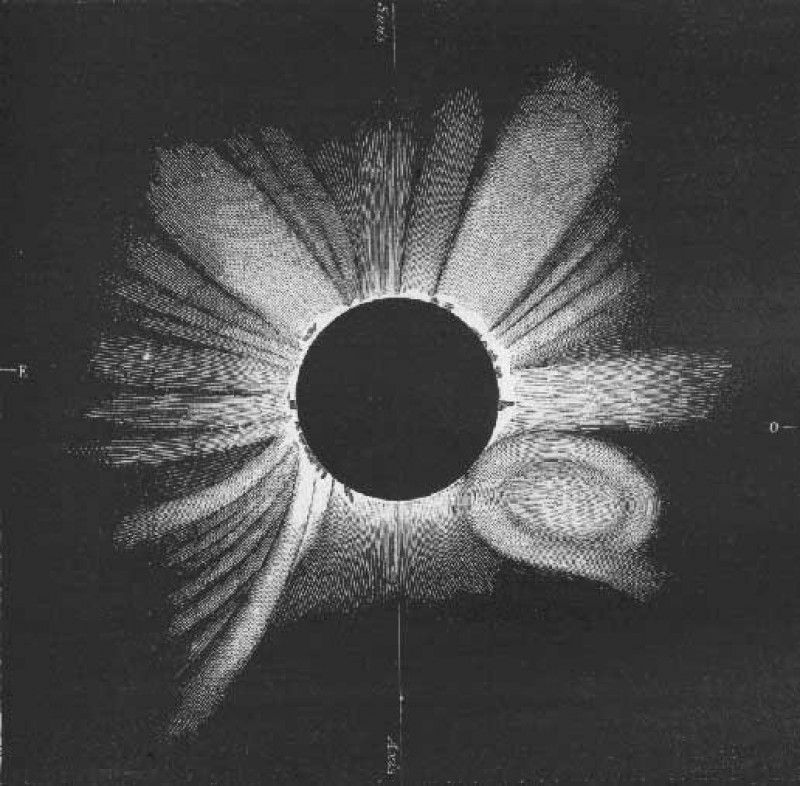
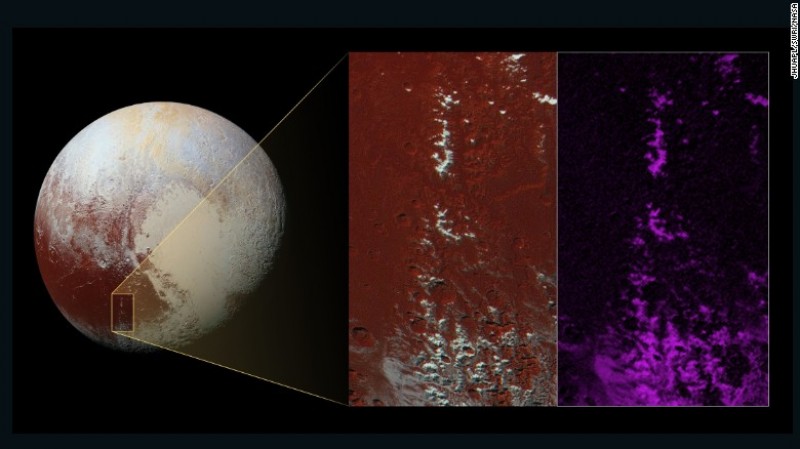
![Hubble Breaks Cosmic Distance Record [HEIC1604]](https://buytelescopes.com/images/article/705/07869c21d84a50871ee37445e03720c46b3f5bfc.jpg)
